In yesterday’s post (), I said that I disagreed with Frank Stephenson’s Top 3 choices of outstanding Jaguar design (and if you haven’t read it yet, you should because otherwise a lot of which follows may not be understood).
“O Kim,” I hear you saying, “who are you to argue with the design choices of an actual car designer, you ignoramus?”
As with all things, it comes down to categorization. So let’s look at Stephenson’s Top 3 Jaguar designs:
1) 1954 Jag D-type:
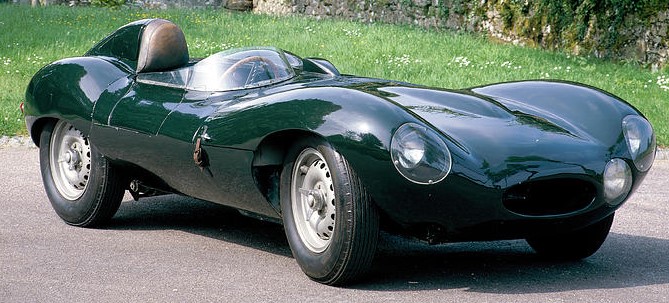
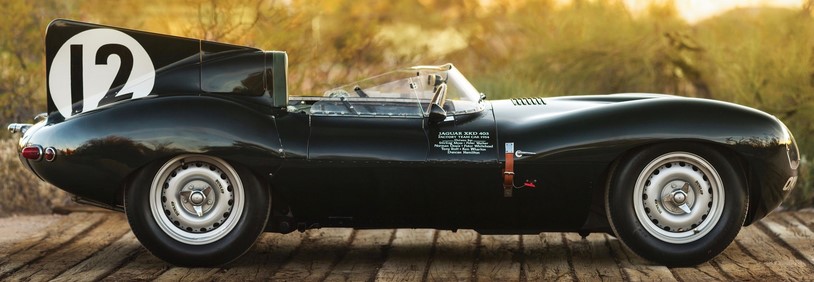
Is it jaw-droppingly gorgeous? Hell, yes, and sexy withal. But the problem was that it was designed as a race car — a track car, and therefore made in tiny quantities (which is reflected in the prices asked for each of the two dozen or so still known to exist). But I think the D-type is more important for what it did to Jag’s production sports car line which followed, and you all know where this is leading:
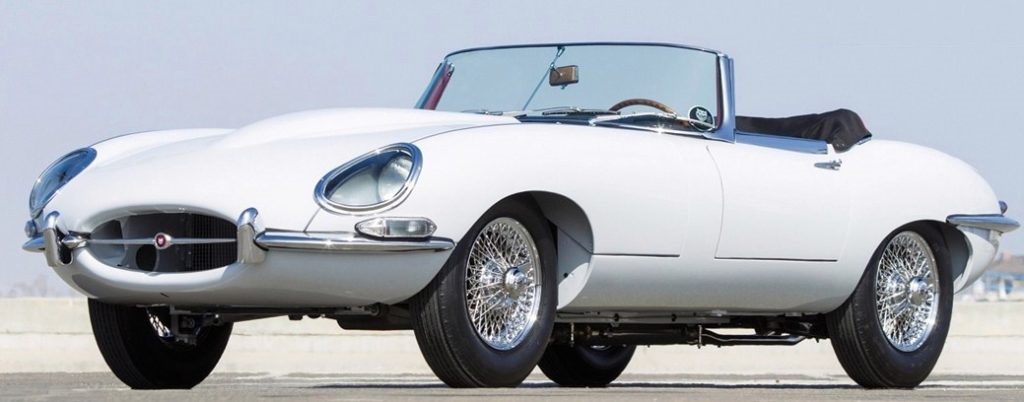

And as much as I like swoopy curves, I think the E-type is the design which not only set Jag apart, but caused others to try to copy its appeal in their cars, and failed.
To be fair, Stephenson does think that the E-type is the greatest car design ever, and I’m not sure that too many will disagree with him. But I think he did it a disservice by excluding it from his Top3 Jag designs, putting in instead the earlier D-type racer. Now did the D influence the E? Undoubtedly; but the E-type is still the superior design. His next choice, though, cannot be questioned:
2) 1950 Jaguar XK 120 OTS
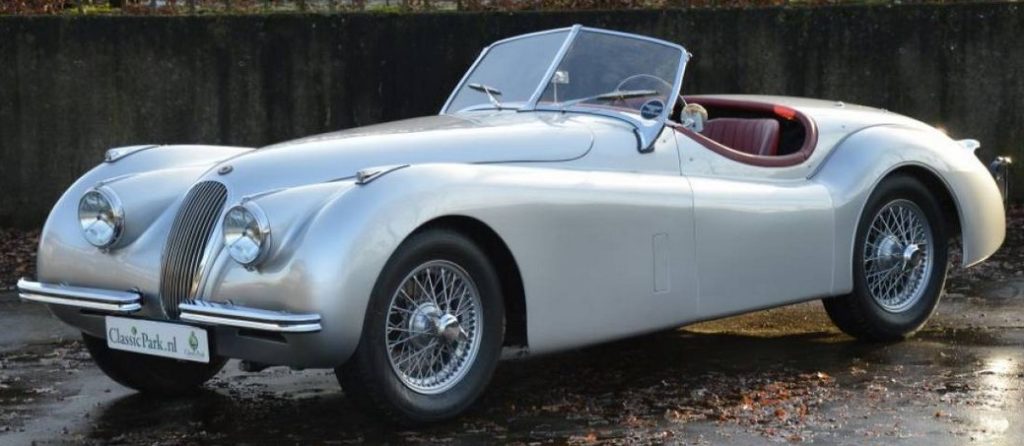
If you were to rebuild an exact replica of this car, modernizing only the electro-mechanical shortfalls of that vintage, there is not a man (nor maybe woman) alive who would turn it down if parked in his driveway as a gift. It is unmistakably a Jaguar, undoubtedly a classic, and irrefutably the supercar of its time. Its design would set the standard for Jaguar for a decade or more.
Finally, we come to Stephenson’s last choice:
3) 1955 Jaguar Mk 2
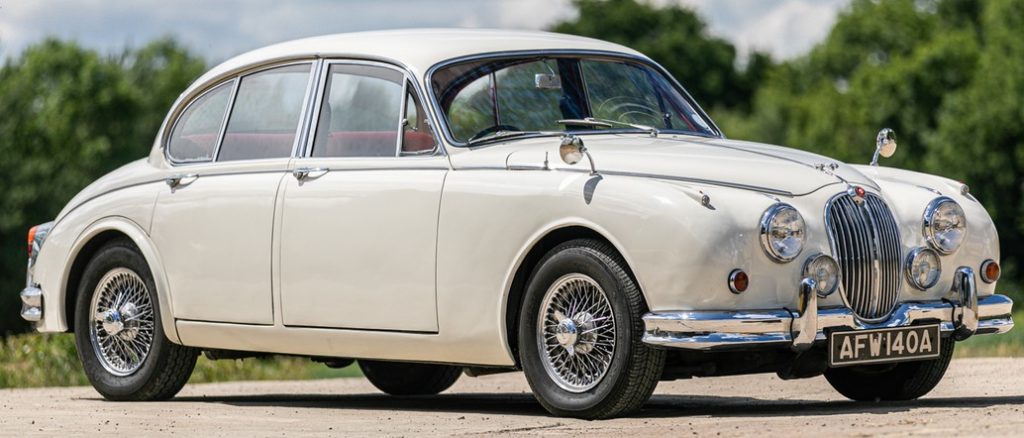
I’m not going to argue with this choice too much, because it was a good design — for Jaguar. Unfortunately, there were also more than a few cars around at the time which looked quite like it, e.g. the Lancia Aurelia:
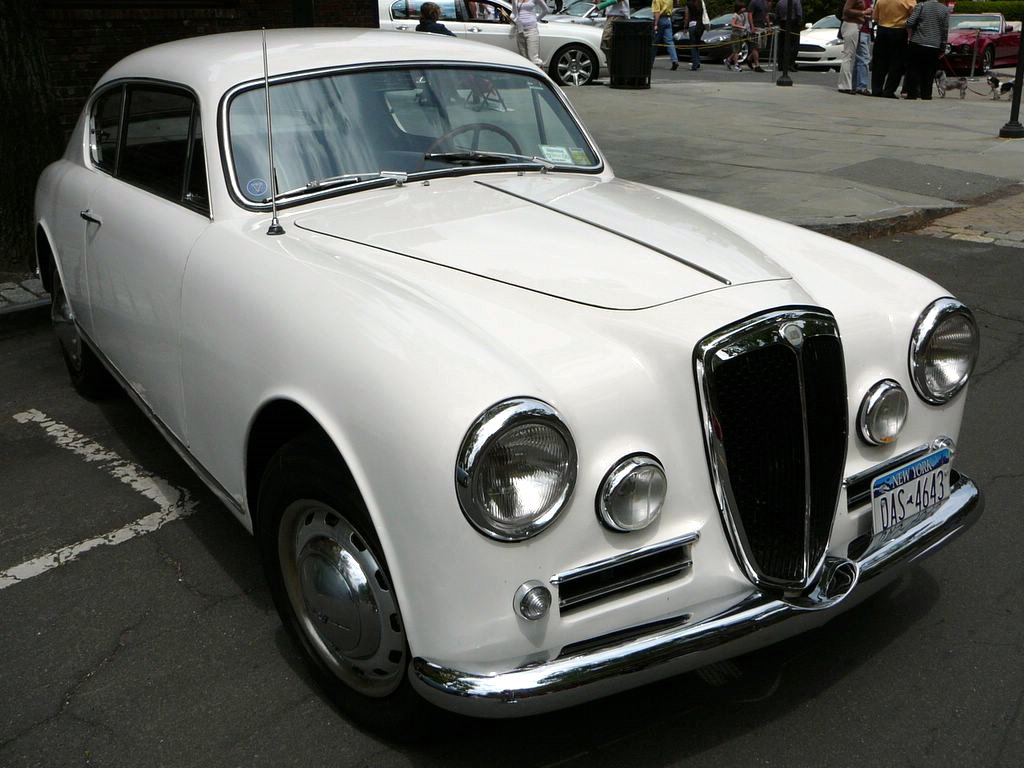
Honestly, if we’re going to look at an excellent Jaguar design perhaps worthy of a Top 3 position, we need to consider this one:
1969 Jaguar XJ6
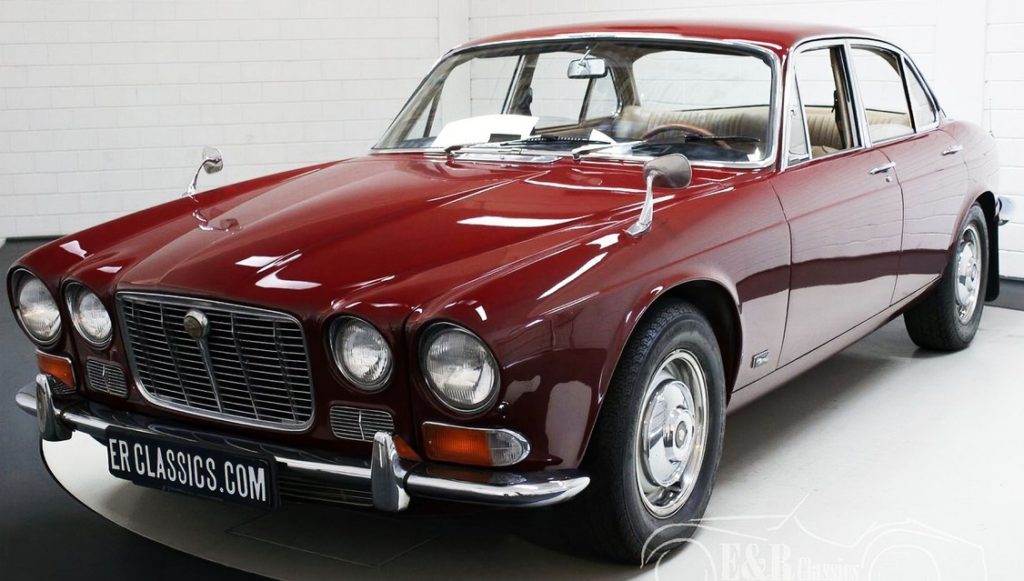
Over the next four decades, every single new XJ passenger car model flowed from this design, and like all the classic Jaguar designs, it was all about what Jaguar represented: understated, classy, yet with a hint of snarling power waiting to be unleashed.
So there you have my choices: the E-type, the XK 120 and the XJ6.
Feel free to discuss in Comments, as always.

I think the Mark 2 was not as nicely proportioned as the later 3.8S sedan. A fellow high school student drove the 3.8S and man, the leather and wood interior made that car. I still have the new car brochure for that car somewhere.The XJ6 was a handsome successor, so yes to that if you could keep it running. A fellow in Texas, I think, made a living putting Chevrolet V-8s in XJ-6s I believe the business was called “Jaguars that run”. Rust is a problem here in New England, so it is rare to see any of the older cars these days.
I had an XJ6 4.2 in 1976, it drove like a pig, the power steering stayed just where you pointed it, so there was a fair chance of going into a ditch or a lamp post if you lost momentary attention, the twin fuel tanks were constantly problematic. The engine ran rough all the time and was in and out of the repairers. It looked good, parked by the roadside. (Next I nearly bought a Triumph Stag but sanity prevailed and I bought a Morgan +8 instead and that really showed me what trouble could be! Though I had more trouble with the +8 than any other car I have ever had, I also had more pleasure from the +8 than any other car I have ever had!).
I thought this was about design, not practical cars. Design sets a standard, not necessarily practicality. Therefore race cars and limited production cars are fair game. They become the leaders and the forbearers of the production versions that follow – sometimes successfully – often not.
XJ sedans, for example, may have had a good start, but the line that followed was the cause of the destruction of the Jaguar Brand when they became bloated chrome infested unreliable piles of rust.
It IS about design. The very success of the guy who made a business of replacing the Jag engines with Chevy V8s attests to the fact that the cars are beautiful and worth keeping.
The question about classic car design is simple: if you were to rebuild a faithful replica of one these cars with modern materials and engineering (ignoring cost thereof), would you still want one?
The E-type is a non-issue: it may the greatest sports car ever designed (ask Enzo Ferrari).
The XK120 runs a close second.
And the XJ6 is one of the nicest saloon cars (although there are quite a few alternatives).
The E-Type is arguably the most gorgeous car ever conceived, of any type, ever.
Disclaimer: I first saw it in “How To Steal A Million” in my younger, impressionable days, and let’s say Audrey Hepburn made quite an impression on me. Not as great as the E-Type that Peter O’Toole drove, but still.
First saw it on the cover of R&T in ’62(?) and fell in love.
Of course, I was in the USAF and in Alaska, so it was some time before I could drive one.
“who are you to argue with the design choices of an actual car designer, you ignoramus?”
points at the car designer who designed the Fiat Multipla, the one who designed the BMW X6, the one who designed the Porsche Cayenne, the one who designed the Chevy Volt, the one who designed the Nissan Leaf…
LOL
You forgot the Pontiac Aztec.
That was designed by computers, not actual human beings. They claim it was just designed on computers, but we all know the truth.
(From the December 1961 Issue of Car and Driver.)
However, the oil consumption seemed extraordinarily high. A discussion of this matter with the Jaguar Service Department gave us a very interesting explanation for this fact. The engine, being based directly on the D-Type, which was strictly a racing model,—Our average oil consumption came to one quart every 112 miles and this cannot be considered abnormal for a hard-working E-Type.
The best I can remember from years ago is that my 4.2 engine in my 1969 XK-E took 7 quarts of oil.
This is closer to what I thought would be the real fundamental problem with Jaguars; that one could put a bumpersticker on one, “All of the parts falling off this car are of the finest English manufacture”, and while all would smile, it wasn’t seen as so improbable as to be laugh out-loud humorous.
In the Michael Sarrazin, Raul Julia film “Gumball Rally”, because Jaguar would not give any support, technical, or via automobiles, to the producers as the others did, the token Jaguar never made it out of the starting garage, Lucas, Prince of Darkness, having struck again.
“Built to British Specifications”
We all laughed when we spotted one of those decals.
The XJ6 conversion to 350/turbo400 was a low level production item in Oz during the 80’s. A good car with stuffed engine was ~ $2,000 to fix the engine started at 12,000 vs 5,000 for the conversion. Needless to say this also covered an exorcism of the prince of darkness.
I’d have an XK120 with modern mechanicals, (plus a heater that worked), in an instant. Beautiful though the E type is, I had a 2nd hand one in the 70’s and while I could get in, I had to crawl out on hands and knees. (This made opening the passenger door for ladies distinctly more interesting but not practical, not to mention the complaints from passengers). The V12 also suffered from the sports car complaint, ie: 20 feet of bonnet out into the road before you can see what is coming.
coming in a bit late (other things on the agenda) but I’d take the D (over the E) any day. Yes! the tushie is a bit lumpy (hottentot bustle, better known as steatopygia) and I’d probably have a prob seeing over the front fenders (I’m just short of 6 and prefer to drive in what could politely be called a stretched out position), but I’ll definitely take the D 10 ways from Sunday.
I had a Mk-2, with of all things, RHD and o/d…..in SoCal.
It was a wonderful car, especially for long drives. Comfortable, reasonably quiet for its time (even with the 20-years it had under its belt), and fun to drive. The only thing different from your pix were no wires.
Take the E-Type, gut it, and drop in a Japanese drivetrain and electrics. Now you’ve really got something.